As more people embrace their natural hair journey, understanding the unique properties of African hair becomes vital, as it plays a significant role in how it should be cared for. The structure of African hair — tight curls, susceptibility to dryness due to its coil-like structure — makes it distinct from other hair types, thereby introducing unique challenges in maintaining its health. This essay delves into the intricacies of natural African hair, the significance of protective styles, their various types, and how to properly maintain them. Furthermore, it will explore how these styles can be leveraged during the crucial transition phase from chemically treated or heat-damaged hair to a natural state.
Understanding Natural African Hair
Unique Properties of Natural African Hair
Natural African hair is distinctly different from other hair types due to its physical and molecular structure. African hair is commonly characterized by a tightly coiled pattern, which varies from loose curls to tight zigzag formations. This hair type displays a unique elliptical or flat cross-section shape, compared with the circular cross-section found in Caucasian and Asian hair.
The hair follicles of African hair are curved, shaping the hair strand into a curl from the root. Due to its twisted structure, natural African hair has points of weakness along the hair strand where it naturally bends. These areas are susceptible to breakage, thinning, and damage, which necessitates special hair care techniques.
The Physical Structure of African Hair
African hair, at the molecular level, is composed of a protein called keratin. This protein structure is the same across all human hair types. However, in African hair, the distribution of keratin and the way the hair strand is structured differ. African hair tends to be more porous and has less water content than other hair types. This characteristic can result in dryness, leading to an increased susceptibility to breakage.
The melanin distribution in African hair is also unique, which affects the hair’s colour and its response to sunlight and heat styling. African hair has less natural protection from the sun, making it more susceptible to UV damage.
Understanding Your Hair for Effective Care
Understanding these unique properties of natural African hair is essential in caring for it efficiently. Tailored grooming practices such as cleansing, conditioning, and styling can help protect African hair from breakage, retain moisture, and maintain its overall health.
Importance of Protective Hairstyles
Protective hairstyles play a vital role in the health and maintenance of natural African hair. These styles shield the hair ends – the oldest and most fragile part of the hair – from harsh elements that can cause breakage.
Protective hairstyles include braids, twists, updos, and wigs. These styles reduce hair manipulation, thereby decreasing the opportunity for mechanical damage. They also help retain moisture, a fundamental need for African hair.
Moreover, these styles are more than just a protective measure; they are also a significant part of African culture and self-expression.
Taking Advantage of Hair Porosity
Given that African hair has higher porosity, meaning that it can absorb and lose moisture easily, hair care techniques should be focused on maintaining moisture balance. This can be achieved by regularly hydrating and sealing the hair using oils, creams, or butters. Protective styles can also support this, as they often include methods that tuck the ends of the hair away, preventing moisture loss.
To ensure the optimum health and growth of your unique natural African hair, it’s essential to understand its particular traits. This knowledge can steer you towards the most suitable protective styles and hair care practices that will both nourish and safeguard your hair.
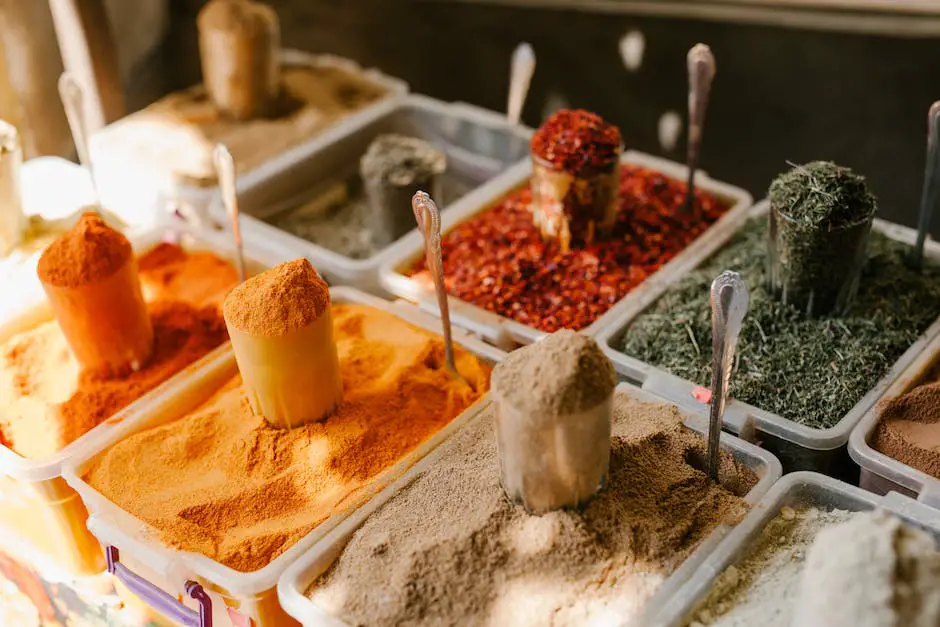
Importance of Protective Styles
Prioritizing Protective Hairstyles for Natural African Hair
For natural African hair, the importance of protective hairstyles cannot be emphasized enough. Ranging from braids, twists, updos, to even wigs, these styles secure the hair, offering protection from potentially harmful elements such as heat, wind, and excessive handling. Given the specific texture and curliness intrinsic to African hair, incorporating these hairstyles can almost serve as a wellness strategy, ensuring the maintenance and vitality of your hair.
Benefits of Protective Hairstyles
One of the most crucial benefits of protective hairstyles is their ability to prevent damage to natural African hair. Since these styles keep the ends of the hair – the oldest and most fragile part – tucked away, they decrease exposure to harsh external factors that can cause dryness and breakage. Besides, by limiting the need for daily combing, brushing, and styling, protective styles also reduce physical damage to the hair.
Secondly, protective hairstyles facilitate length retention. Excessive combing and styling can cause breakage, which in turn hinders the hair from reaching its full length potential. Since protective hairstyles reduce the manipulation of hair, they allow it to retain length over time.
Thirdly, by minimizing breakage and promoting length retention, protective hairstyles indirectly promote hair growth. While these styles do not speed up the natural growth rate of hair, they preserve the ends of the hair – the often overlooked aspect in hair growth.
Understanding Potential Challenges with Protective Hairstyles
Protective hairstyles offer a wealth of benefits for natural African hair. However, these benefits can be undermined when the hairstyle is done incorrectly, leading to several potential issues. Tension or pulling at the roots caused by overly tight hairstyles is a common culprit. This may result in traction alopecia, a type of hair loss that occurs due to consistent pressure on the hair roots.
Sometims, individuals might neglect their hair and scalp care routines while using a protective style. It’s important to note that the health of the scalp is paramount, even when covered by a style. Negligence in this regard can cause troublesome conditions like a dry and itchy scalp or more serious issues such as dandruff or seborrheic dermatitis.
Over-reliance on a protective style may also lead to problems. Protective styles left in for too long can cause hair to mat and tangle, potentially leading to extensive breakage when trying to detangle post-removal.
Avoidance tactics involve the choice of comfortable styles, maintaining a healthy routine of cleaning and moisturizing for the scalp and hair, and ensuring protective styles aren’t left in place for too long. By adhering to these strategies, maximum enjoyment and benefits of protective hairstyles can be achieved, promoting the health and vitality of natural African hair.
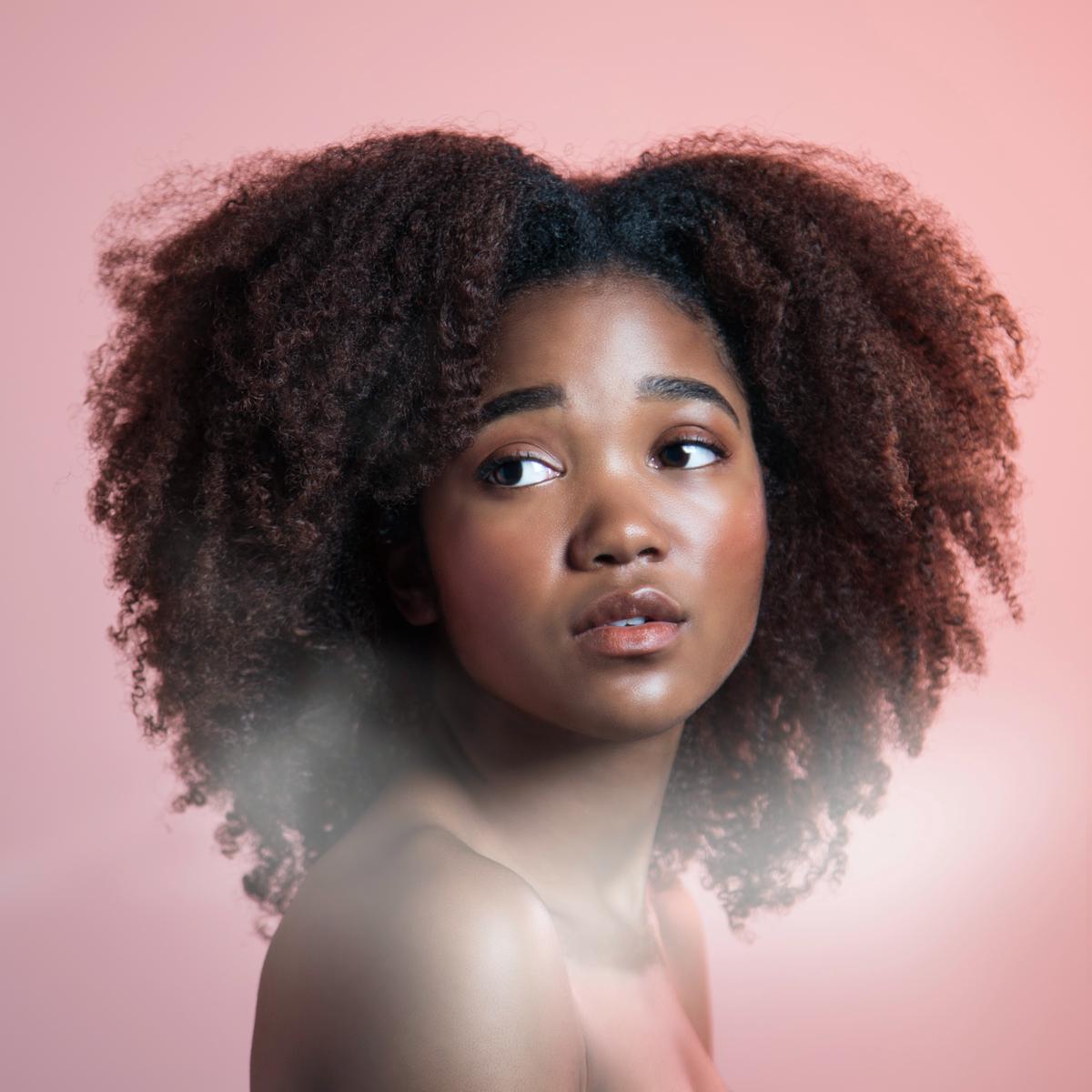
Photo by jekafe on Unsplash
Popular Protective Styles
Overview of Protective Styles for Natural African Hair
By reducing the need for intense hair manipulation, protective styles for natural African hair serve to prevent breakage and contribute to maintaining hair length. Styles such as braids, twists, and locs exemplify these techniques, working by tucking in the hair’s ends, hence protecting them from damaging elements. Such elements include dryness and the damage resulting from excessive combing. This is instrumental in promoting healthier, more resilient natural African hair.
Braids: A Versatile and Classic Protective Style
One of the most popular and versatile protective styles for African natural hair is braids. These could be box braids, cornrows, crochet braids, or even micro-braids. They are a timeless choice that offers a variety of styling options. Braids are durable and can last anywhere from two to six weeks, depending on how well you take care of them.
However, one of the drawbacks of braids is that they can put a lot of tension on the scalp, potentially leading to hair loss. To prevent this from happening, it’s crucial to avoid braiding the hair too tightly and to let the hair rest between braid installations.
Twists: A Gentler Option for Fragile Hair Types
Another popular protective style for African natural hair is twists. These include Senegalese twists, two-strand twists, and flat twists. Twists are typically gentler on the hair than braids are, making them a great option for individuals with more fragile hair types.
Twists also offer a relatively high degree of styling versatility and can last anywhere between four and eight weeks. A potential downside of twists is that they can become frizzy more quickly than braids, particularly in humid conditions.
Locs: A Long-term Commitment with Style
Locs or dreadlocks are another time-honored protective style for African natural hair. They are formed by allowing the hair to matt or knot together over time. Locs are incredibly low-maintenance as they don’t need to be redone frequently. They are also very versatile and can be styled in numerous ways.
Locs, however, represent a long-term commitment, and they can only be removed by cutting the hair. It’s important to note that they can become heavy as they grow, potentially causing strain on the scalp. Moreover, keeping the scalp clean and healthy can be challenging due to their permanent nature.
Determining the Most Suitable Protective Style for Your Needs
Selection of a protective style largely depends on personal choice, lifestyle, and the specific condition of your hair. For those seeking a long-lasting solution with minimal upkeep, hairstyles such as locs or braids could be ideal. Meanwhile, if your hair is delicate and susceptible to damage, twists could serve as a softer option.
It is important to highlight that the main aim of protective styling is to enhance the health of your hair. Even when utilizing these styles, essential practices like regular moisturizing and cleansing are necessary. Additionally, allowing your hair sufficient rest periods in-between styles is crucial to avoid excessive strain and stress.
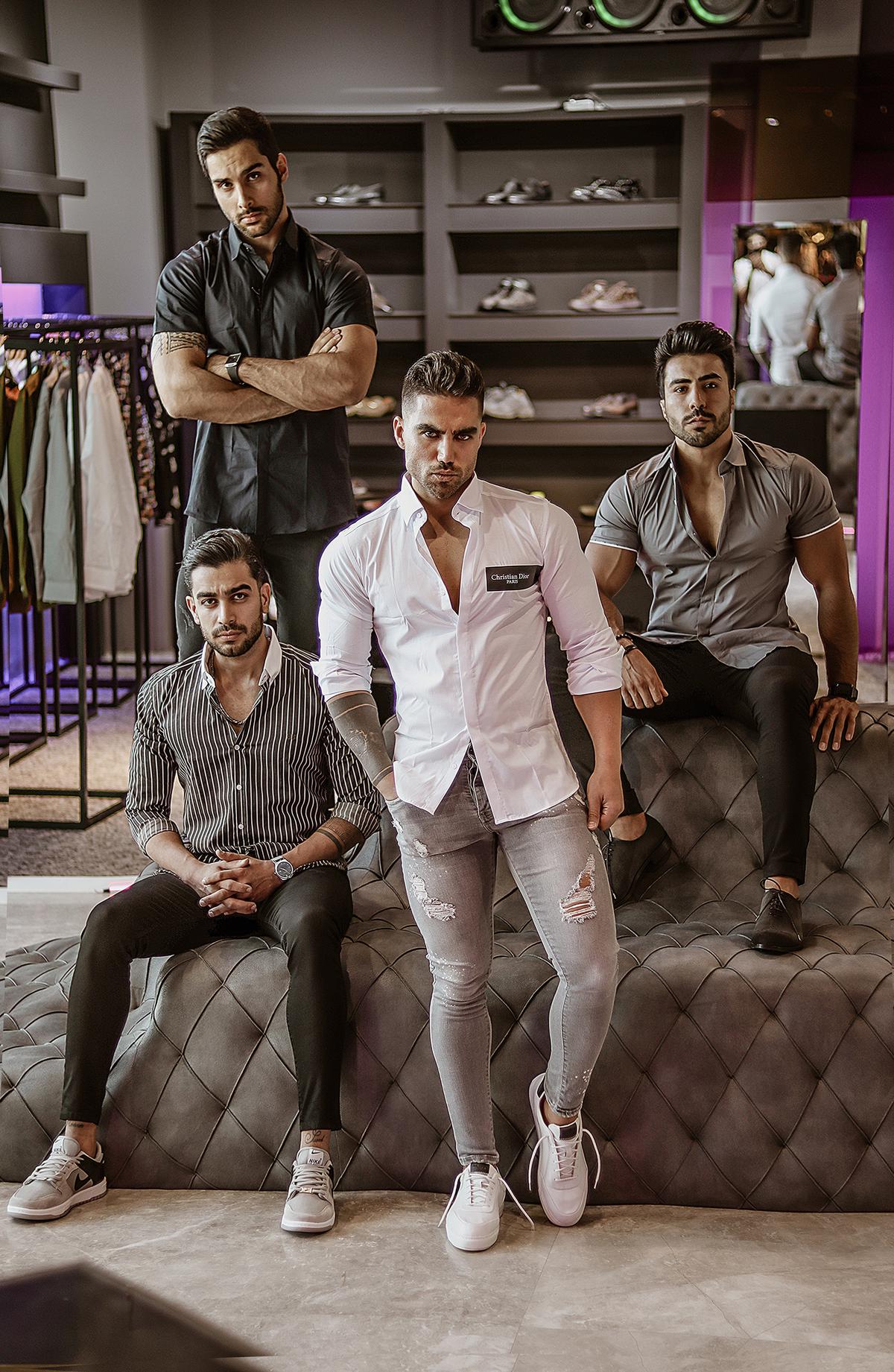
Photo by swltni on Unsplash
Maintenance and Care for Protective Styles
Getting to Grips with Protective Styles for Natural African Hair
Protective styles are particularly important for natural African hair as they provide effective coverage from environmental factors and too much manipulation. These styles can range from braids, twists, and cornrows, to weaves, wigs and even updos that neatly tuck away hair ends.
Considerations before Installing Protective Styles
Before installing any protective style, it’s essential to ensure your hair and scalp are healthy. Prioritize deep conditioning and moisturizing treatments to prepare your hair. Tasks like detangling and trimming any damaged ends are also crucial.
Cleaning Practices
Cleaning while wearing a protective style can be challenging. However, maintaining clean hair and scalp is crucial to promote hair growth and keep odors at bay. Depending on the protective style you choose, various methods can help you clean your hair.
- The use of a no-rinse shampoo or a dry shampoo can help you clean your scalp without the trouble of fully washing your hair. You can apply the shampoo directly to your scalp or put it on a cloth or cotton swab to rub gently around your scalp.
- For a more extensive clean, diluting your regular shampoo with water and putting it in a squeeze or spray bottle can provide a more thorough clean. The watered-down shampoo can be sprayed or squeezed onto the scalp and then rinsed out carefully.
Scalp Maintenance and Moisturizing
Maintaining a moisturized scalp is vital when you have a protective style. A dry, itchy scalp can lead to discomfort and potential hair loss. Oils such as argan oil, coconut oil, or jojoba oil are excellent for scalp moisturizing. These oils mimic the scalp’s natural oils, keeping your hair moisturized.
Night Routines to Preserve the Hairstyle
Night routines play a pivotal role in preserving the lifespan of your protective style. A silk or satin head scarf or pillowcase protects the hair from friction, which could potentially ruin the hairdo and lead to hair damage. Furthermore, braiding or twisting the hair in larger sections can help maintain the style’s pattern and reduce tangling or frizz.
Maintaining Your Protective Style
Maintaining the health of your hair is just as important as maintaining your protective style. Over-styling, over-manipulation, or leaving the style in too long can result in breakage. Ideally, the style should last no longer than eight weeks to reduce the strain on the hair. Regular touch-ups, and moisturizing are also essential to maintain the health of your hair while it’s in a protective style. Relying on protective styling doesn’t mean neglecting your hair health. It’s about tucking it away safely, so that it can grow with less interference.
Take Down Process and After-Care
Carefully taking down your protective style is important to prevent unnecessary hair loss or breakage. Taking your time, using a moisturizer or oil, and working section by section can be beneficial in this process.
After removing your protective style, the after-care is important. Give your hair a break between styles to allow it to breathe and rest. Properly cleanse your hair and scalp, do a deep conditioning treatment or protein treatment if needed, and moisturize your hair. This will restore strength and moisture to your hair and prepare it for the next protective style.
The primary purpose of protective styles is to foster safe hair growth and length retention. For this to be achieved, one must adhere to meticulous and thoughtful care routines for both the natural hair and the protective style.
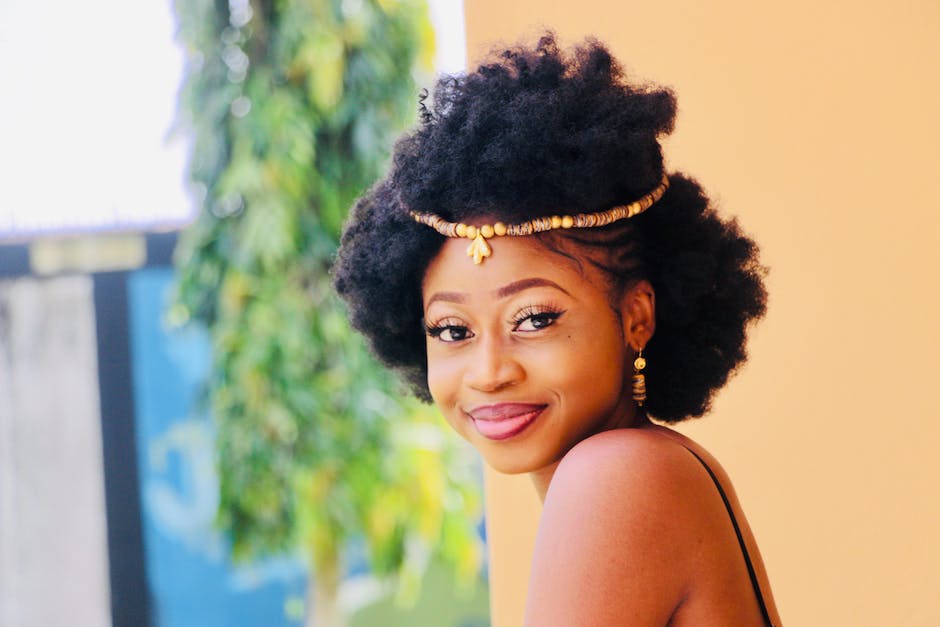
Transitioning to Natural Hair with Protective Styles
Exploring Protective Styles for Natural African Hair
Protective styles are designed to protect natural African hair from the stress of environmental influences. These styles, which include braids, twists, updos, and wigs, demand very little maintenance and manipulation. These styles are particularly useful when transitioning from chemically-treated or heat-damaged hair to a healthy, natural condition.
Stylist Recommendations
Professional hairstylists can be crucial resources in the transition. Stylists experienced in natural African hair can guide you on the optimal protective styles for your unique hair texture, length, and health state. For example, box braids or Senegalese twists can be a great starting point due to their versatility and relatively low-maintenance needs.
Wigs and weave extensions are also recommended as they allow your natural hair to rest completely from daily manipulation and environmental stresses. However, these should be installed and removed by a professional to prevent further hair damage. While protective styles should be generally kept for several weeks to limit hair manipulation, they also need to be appropriately taken down to minimize hair breakage.
Recommended Products
Several hair care products are recommended for maintaining the health of your hair during the transitional phase. Moisturizing products are critical as natural African hair tends to be inherently dry. Use sulfate-free shampoos, deep conditioners, and leave-in conditioners to keep your hair moisturized.
Ideal oils like castor oil, jojoba oil, and coconut oil can protect and restore the hair’s sheen while promoting growth. Protein treatments can be beneficial for chemically-altered and heat-damaged hair as they provide the necessary strength to the hair cuticles and prevent further damage.
Personal Care Tips
Along with professional consultation and treatments, personal care and daily routine considerations can significantly impact the success of the transitional phase. A consistent hydration regime for your hair is crucial. This could include drinking ample water and regular use of hydrating hair products.
It’s also important to maintain a healthy diet rich in vitamins and minerals that promote hair health such as biotin, vitamin E, and iron. Durags, bonnets, or satin pillowcases can help protect your hair from friction that can lead to breakage during sleep.
Avoid excessive manipulation of the hair, such as frequent styling, rough handling, or over-brushing. Remember, the goal of protective styling is to limit these stressors in order to allow the hair to regain its strength and health in its natural state.
Conclusion
In conclusion, protective styles can play a vital role in transitioning from chemically-altered or heat-damaged hair to natural hair. By seeking professional guidance, using appropriate products, and adhering to personal care tips, you can navigate this process more effectively.
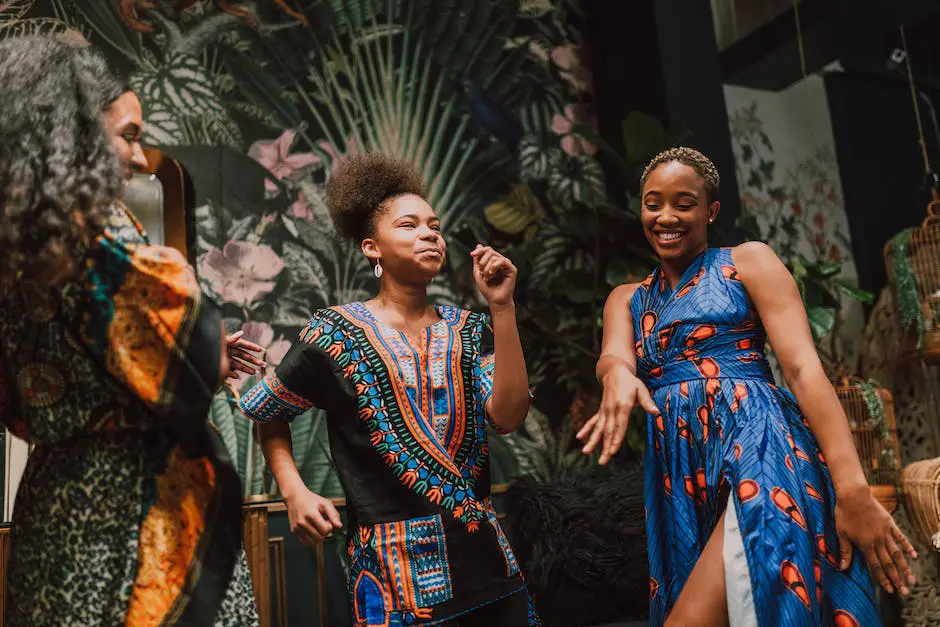
Having explored African hair’s unique properties, the importance of protective styles and their popular examples, as well as maintenance tips and transition guidance, one can see why protective styles are more than just a styling choice. They facilitate the journey towards embracing natural hair, guard the hair against potential damage, and promote growth. Therefore, they play a transformative role in the healthy hair journey, helping to protect, preserve and enhance the beauty of natural African hair. With the right information, the correct technique and a little patience, anyone can enjoy the plethora of benefits offered by protective styles for natural African hair.

Leave a Reply